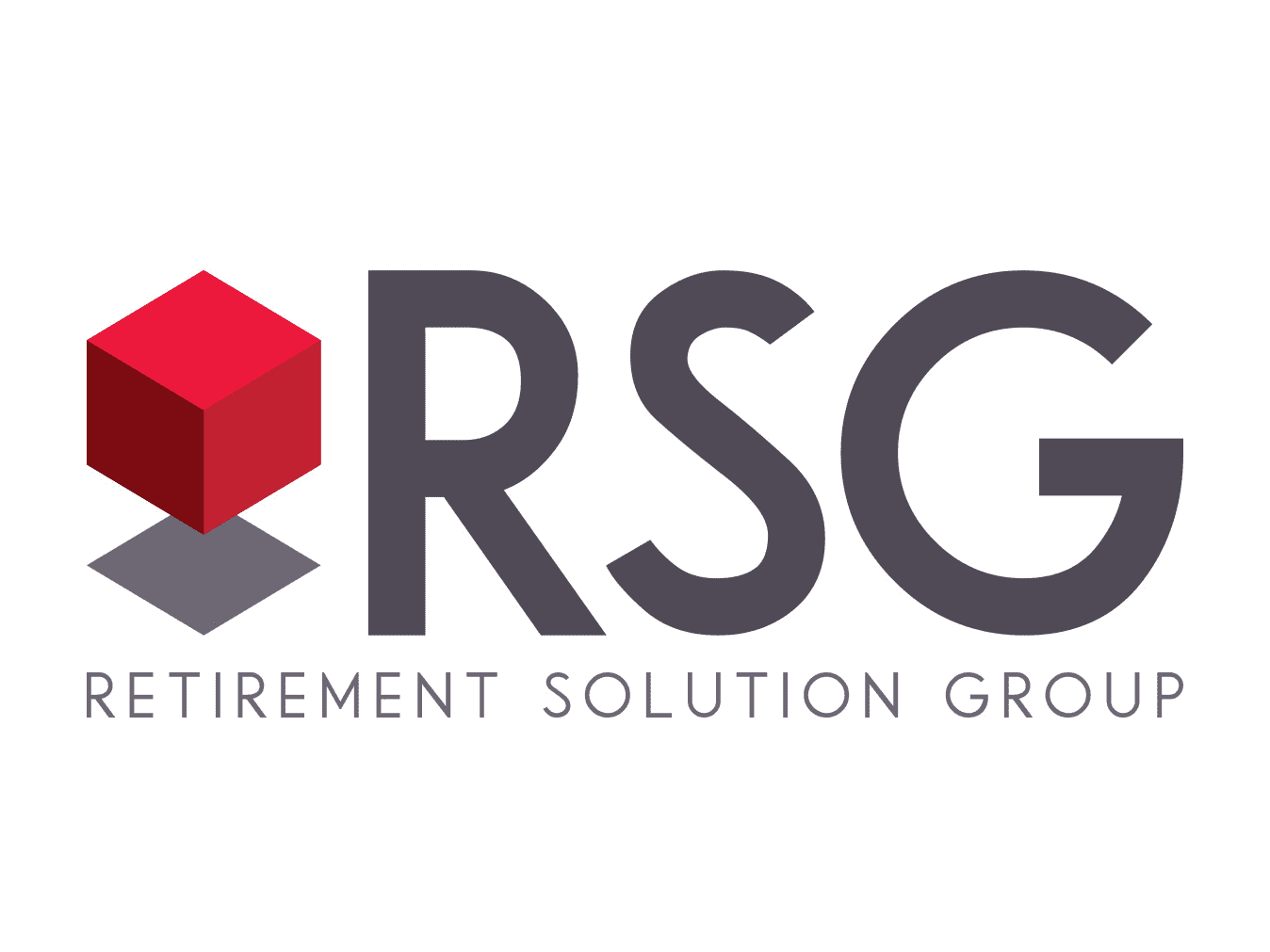A Company’s Mission Statement expresses its culture, values and agenda to the outside world as well as within the organization. When benefits duly reflect the mission, employees are motivated to work with a higher sense of purpose and feel rewarded for their efforts. This leads to happier employees, more productivity and increased utilization of benefits like the Retirement Plan.
Senior care is a challenging industry. Wages are usually fairly modest and the burn out rate is significant. This often leads to a vicious cycle of high turnover, multiple shifts and an overall lack of employee engagement. I do not know about you, but I want my grandfather’s care giver to be happy and engaged at work. This was top of mind as I met with a new client who is a senior living center.
Aligning Goals with Company Values
When first engaged to run a brainstorming session on ways to improve this nonprofit’s retirement plan, I built a spreadsheet to run some numbers. But then I paused and said, with a smile, that I would not share my analysis until the client answered one key question about their retirement plan. I asked, “What matters more to you, employee engagement or employer contribution cost?”
After much discussion, the CEO and his team prioritized having people excited to sign up and save for retirement. As a mission-driven nonprofit, they could feel better knowing their employees could have the same dignified retirement lifestyle they strive to provide to their residents. They also mentioned the importance of addressing their high employee turnover as this was the CEO’s most critical identified business issue.
So I shared the spreadsheet analysis, and with their previously dismal participation rate, an employer matching formula was the cheaper option for the company. But I encouraged them to consider yet a different alternative: a discretionary employer contribution set annually by the nonprofit’s board, based on performance metrics.
How the Discretionary Employer Contribution Worked
The idea behind this particular type of discretionary employer contribution was:
- A targeted 4% employer contribution, backed by non-profit industry benchmarked data.
- Because they were a non-profit utilizing a 403b plan, there was no average deferral percentage test and thus, no need for safe harbor. This allowed for a 3 year cliff vesting schedule that supported their HR data which showed that people who stayed past two years usually had strong tenure.
- Each employee would have an account balance, and the thought here was to encourage them to notice and care about the plan.
- RSG expanded from Third Party Administration (TPA) only to a full service fiduciary relationship.
- We could then move the plan to a carrier who charged a base + per head fee vs. asset-based (bps) pricing.
- This provided cost consistency which gave the board confidence to agree to absorb recordkeeping costs, thus reducing the cost to participants.
- The new plan carrier also offered open architecture for more investment variety and many more low-cost index options than previously available. The old plan was 100% American Funds.
- We discussed auto-enrollment as well, but they were initially hesitant due to the culture and some modest salaries. (Note that a few years later they did enact auto-enrollment.)
When The Plan And The Mission Align
For almost ten years before we met, this plan sat at under $500,000 in assets. Costs were high, participation low, funds were proprietary, and most importantly, no one really seemed to get behind it. In less than a year after the senior living center started working with RSG, between the targeted company contribution, fixing plan design and setup, while engaging employees through a robust RSG-led educational effort with a focus on rollovers, the plan grew to $1.5 million. The staff cared and paid attention to their retirement plan for the first time, and management felt they had a strategic benefit rather than an expense and liability that no one seemed to benefit from.



